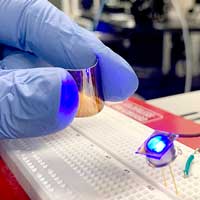 Researchers developed a new class of broadband solid state light emitter in the short-wave infrared that could be miniaturized, integrated with CMOS technology and used for many applications including food inspection, health or safety.
Researchers developed a new class of broadband solid state light emitter in the short-wave infrared that could be miniaturized, integrated with CMOS technology and used for many applications including food inspection, health or safety.
Wednesday, September 30, 2020
Colloidal quantum dot light emitters go broadband in the infrared
 Researchers developed a new class of broadband solid state light emitter in the short-wave infrared that could be miniaturized, integrated with CMOS technology and used for many applications including food inspection, health or safety.
Researchers developed a new class of broadband solid state light emitter in the short-wave infrared that could be miniaturized, integrated with CMOS technology and used for many applications including food inspection, health or safety.
The most sensitive and fastest graphene microwave bolometer
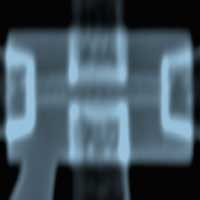 Researchers have developed a graphene-based bolometer that can detect microwave photons at extremely high sensitivities and with fast time responses.
Researchers have developed a graphene-based bolometer that can detect microwave photons at extremely high sensitivities and with fast time responses.
Zebrafish embryos help prove what happens to nanoparticles in the blood
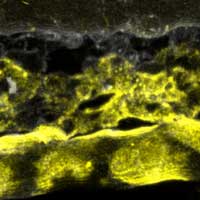 What happens to the nanoparticles when they are injected into the bloodstream, for example, to destroy solid tumours? Researchers are now ready to tackle such a challenging question using zebrafish embryos as a new study model in nanomedicine and nanotoxicology.
What happens to the nanoparticles when they are injected into the bloodstream, for example, to destroy solid tumours? Researchers are now ready to tackle such a challenging question using zebrafish embryos as a new study model in nanomedicine and nanotoxicology.
New detector breakthrough pushes boundaries of quantum computing
 New research findings show potential for graphene bolometers to become a game-changer for quantum technology.
New research findings show potential for graphene bolometers to become a game-changer for quantum technology.
A peek inside a cellular antenna
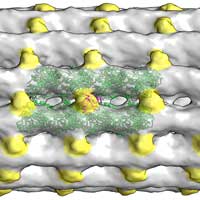 Scientists developed a new method and discover new features of primary cilia - little understood antenna-like structures protruding from cells.
Scientists developed a new method and discover new features of primary cilia - little understood antenna-like structures protruding from cells.
Scientists synthesise a MOF capable of degrading nerve agents in water
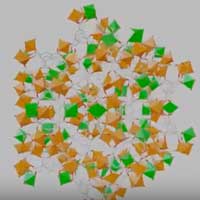 Researchers have synthesized a new porous material that enables and guides the degradation of compounds analogous to nerve agents used in chemical warfare. This material will make it possible to capture and degrade this type of compounds that until now could not be eliminated.
Researchers have synthesized a new porous material that enables and guides the degradation of compounds analogous to nerve agents used in chemical warfare. This material will make it possible to capture and degrade this type of compounds that until now could not be eliminated.
This message will self-destruct in seven days... (w/video)
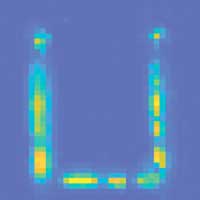 A self-erasing chip for security and anti-counterfeit technologies.
A self-erasing chip for security and anti-counterfeit technologies.
Hot Stuff: Unusual thermal diode rectifies heat in both directions
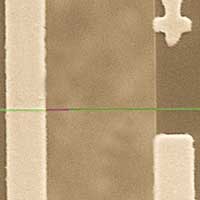 Dual-mode thermal rectification could be a game changer for a range of industrial and medical applications.
Dual-mode thermal rectification could be a game changer for a range of industrial and medical applications.
Graphite instead of gold: Nanolayers for better hydrogen cars
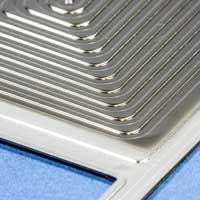 Researchers devlop innovative coating for bipolar plates in fuel cells.
Researchers devlop innovative coating for bipolar plates in fuel cells.
Researchers use amino acids to grow high-performance copper thin films
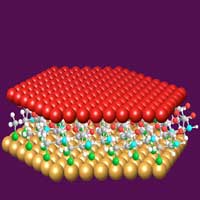 For the first time, researchers have shown that highly ordered copper thin films can be crystallized directly on a one-molecule-thick layer of organic material rather than on the inorganic substrates that have been used for years.
For the first time, researchers have shown that highly ordered copper thin films can be crystallized directly on a one-molecule-thick layer of organic material rather than on the inorganic substrates that have been used for years.
Subscribe to:
Comments (Atom)
